What Nd 8 Filter Does ?
A ND 8 filter is a type of neutral density filter that reduces the amount of light entering the camera by 3 stops. It is commonly used in photography to achieve longer exposure times or larger apertures in bright conditions.
1、 Neutral Density (ND) Filter: Introduction and Function
A Neutral Density (ND) filter is a camera accessory that reduces the amount of light entering the lens without affecting the color or hue of the image. It is essentially a darkened piece of glass or resin that is placed in front of the lens. The primary function of an ND filter is to allow photographers to have more control over the exposure settings of their camera, particularly in situations where there is too much light.
By reducing the amount of light, an ND filter enables photographers to use slower shutter speeds, wider apertures, or both, without overexposing the image. This is particularly useful in situations where a photographer wants to achieve certain creative effects. For example, using a slow shutter speed with an ND filter can create a motion blur effect in a waterfall or capture the movement of clouds in the sky.
Additionally, an ND filter can be used to achieve a shallower depth of field in bright conditions. By using a wider aperture, the photographer can blur the background and create a more visually appealing image.
In recent years, ND filters have become increasingly popular among videographers as well. They are used to maintain a consistent exposure when shooting video in bright conditions, preventing overexposure and allowing for more flexibility in terms of aperture and shutter speed settings.
Overall, the primary function of an ND filter is to give photographers and videographers more control over their exposure settings in situations where there is too much light. It is a versatile tool that can be used to achieve various creative effects and is an essential accessory for any photographer or videographer's kit.
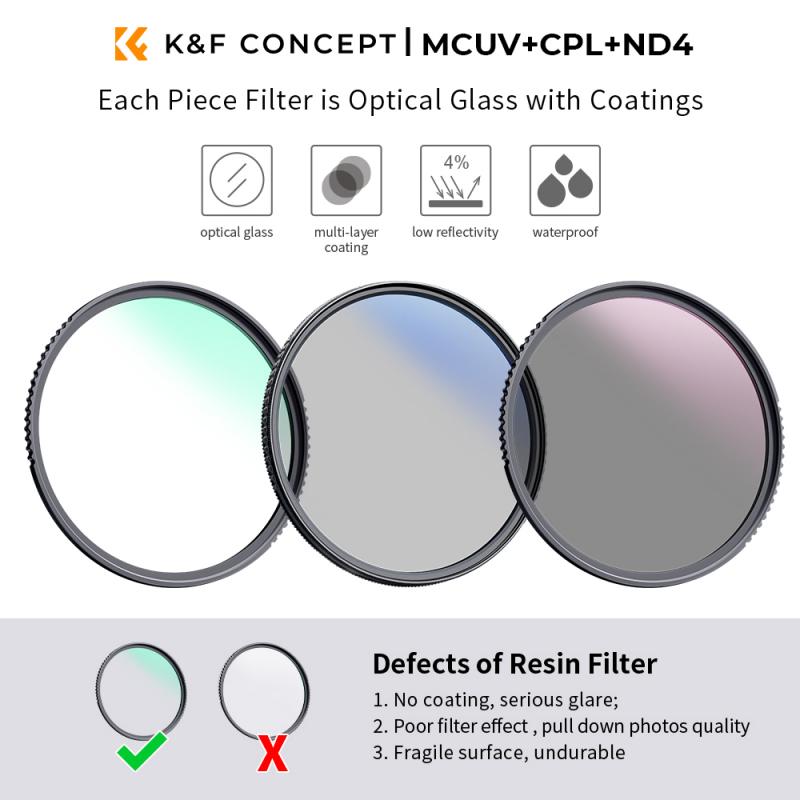
2、 Types of ND Filters and Their Uses
A ND (Neutral Density) filter is a versatile tool used in photography and videography to control the amount of light entering the camera lens. It reduces the intensity of all wavelengths of light equally, without affecting the color or contrast of the image. The number associated with an ND filter indicates the amount of light it blocks, with higher numbers indicating greater light reduction.
A ND8 filter, specifically, reduces the amount of light entering the lens by three stops. This means it allows only 1/8th of the original light to pass through, effectively slowing down the shutter speed by three stops. This can be useful in various scenarios:
1. Long exposure photography: By reducing the amount of light, an ND8 filter allows for longer exposure times, resulting in smooth and silky waterfalls, blurred motion, or streaking clouds.
2. Balancing exposure: In bright lighting conditions, such as shooting in snow or on a sunny beach, an ND8 filter helps to balance the exposure by reducing the amount of light entering the lens. This prevents overexposure and allows for better control over the highlights.
3. Wide aperture shooting: When shooting with a wide aperture in bright conditions, an ND8 filter helps to maintain a shallow depth of field by reducing the amount of light. This allows for better subject isolation and bokeh.
4. Video recording: ND filters are essential for videographers to maintain a cinematic look by controlling the shutter speed and avoiding overexposure in bright environments.
It's important to note that the specific uses of an ND8 filter may vary depending on the lighting conditions and desired creative effects. Additionally, advancements in camera technology and software may provide alternative methods to achieve similar results.
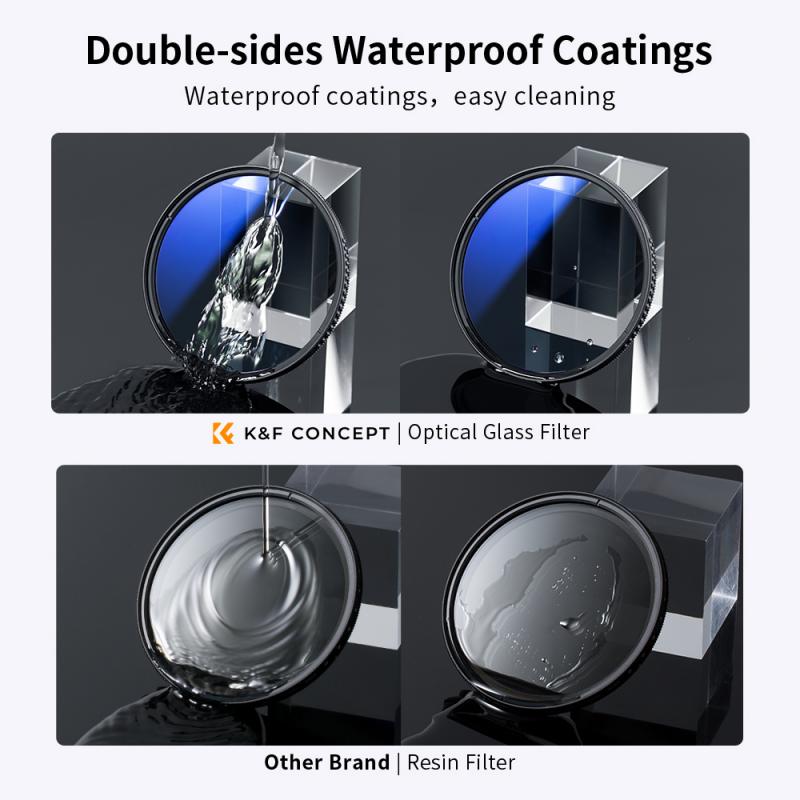
3、 ND Filter Strengths and F-stop Reductions
An ND (Neutral Density) filter is a tool used in photography and videography to reduce the amount of light entering the camera lens without affecting the color or contrast of the image. The primary purpose of an ND filter is to allow photographers and videographers to achieve certain creative effects that would otherwise be difficult or impossible to achieve.
The strength of an ND filter is measured in stops, which refers to the amount of light it blocks. The higher the number of stops, the darker the filter and the more light it blocks. ND filters are available in various strengths, typically ranging from 1 stop to 10 stops or even higher.
The main purpose of using an ND filter is to control the exposure in bright lighting conditions. By reducing the amount of light entering the lens, photographers can use wider apertures or slower shutter speeds, allowing for creative effects such as motion blur or shallow depth of field. For videographers, ND filters are essential for maintaining a cinematic look by using a slower shutter speed.
The specific f-stop reduction provided by an ND filter depends on its strength. For example, a 1-stop ND filter reduces the amount of light entering the lens by half, resulting in a one-stop reduction in the aperture or shutter speed. Similarly, a 3-stop ND filter reduces the light by eight times, resulting in a three-stop reduction in the aperture or shutter speed.
It is important to note that the latest point of view on ND filters is that they are still widely used and valued by photographers and videographers. Despite advancements in camera technology, ND filters remain an essential tool for achieving certain creative effects and controlling exposure in bright lighting conditions.
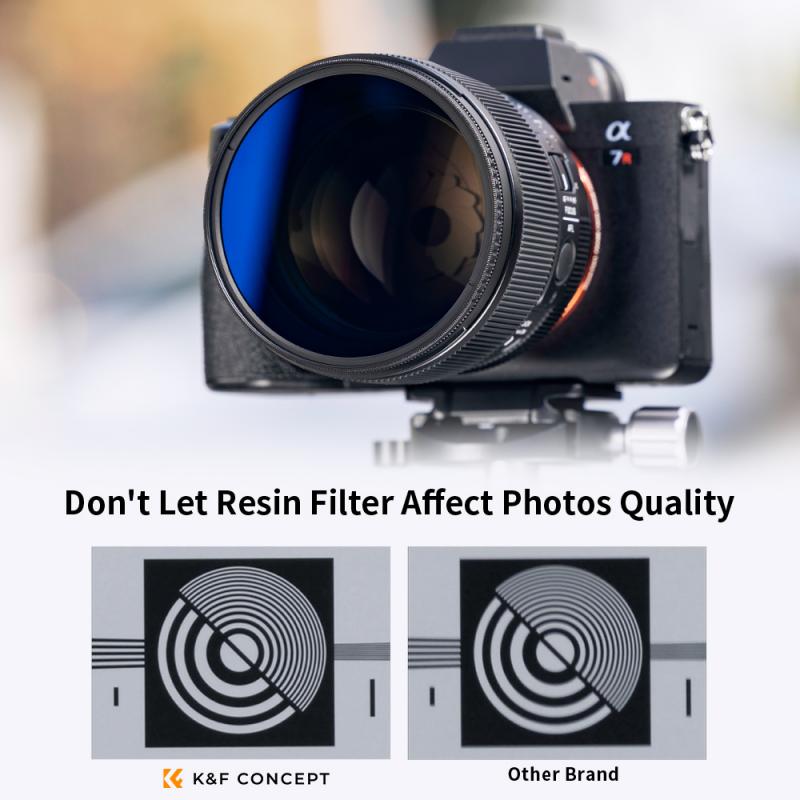
4、 Creative Applications of ND Filters in Photography
ND filters, or Neutral Density filters, are essential tools in a photographer's kit. They are designed to reduce the amount of light entering the camera without affecting the color or tone of the image. This allows photographers to have more control over exposure settings and opens up a world of creative possibilities.
One of the primary uses of ND filters is to achieve long exposure shots. By using a high-density ND filter, photographers can slow down the shutter speed, resulting in blurred motion effects. This technique is commonly used in landscape photography to capture smooth, flowing waterfalls or streaking clouds. It can also be used to remove people or moving objects from crowded scenes, creating a sense of solitude or emptiness.
ND filters are also useful in controlling depth of field. By reducing the amount of light, photographers can use wider apertures in bright conditions, resulting in a shallow depth of field. This is particularly useful in portrait photography, where a blurred background can help isolate the subject and create a more visually appealing image.
Additionally, ND filters can be used to balance exposure in high contrast scenes. For example, when photographing a landscape with a bright sky and a darker foreground, an ND filter can help even out the exposure, preventing blown-out highlights or underexposed shadows.
In recent years, the use of ND filters has expanded to include creative techniques such as light painting and time-lapse photography. By using a combination of ND filters and long exposure settings, photographers can capture stunning light trails or create surreal effects with moving lights.
Overall, ND filters are versatile tools that allow photographers to push the boundaries of their creativity. Whether it's capturing dreamy landscapes, isolating subjects with shallow depth of field, or experimenting with long exposure effects, ND filters are an essential accessory for any photographer looking to add a unique touch to their images.
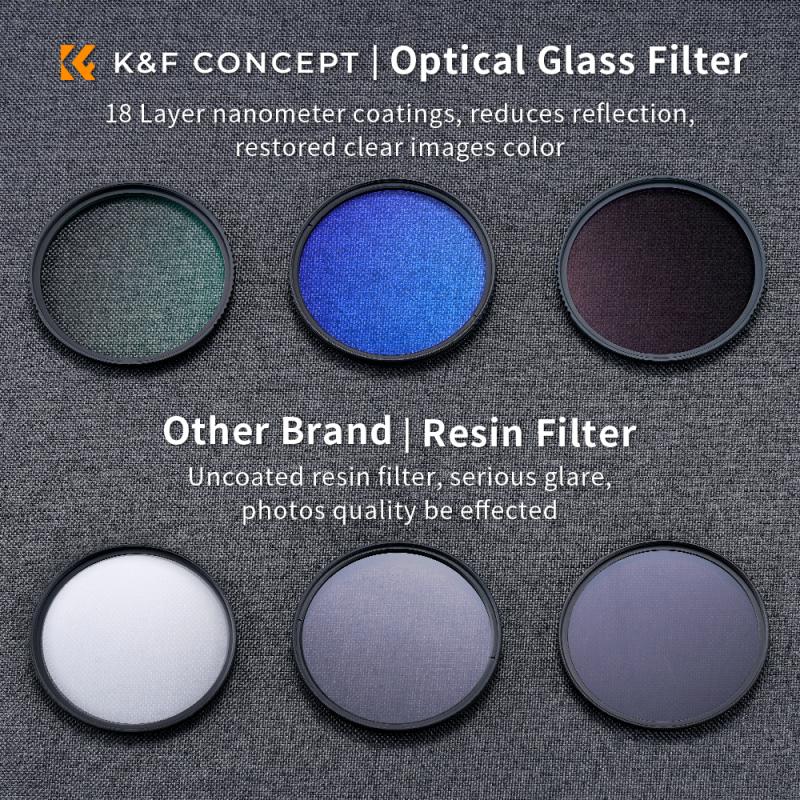


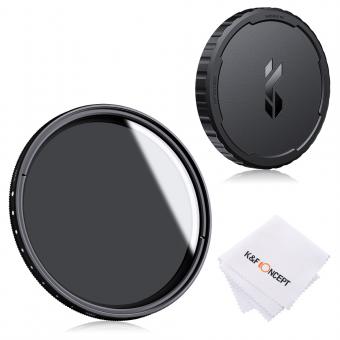





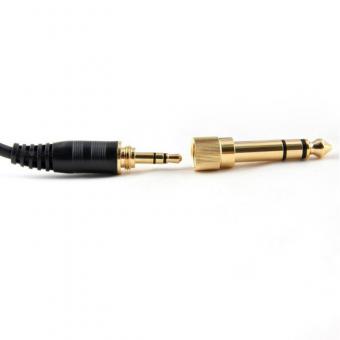





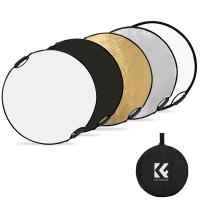
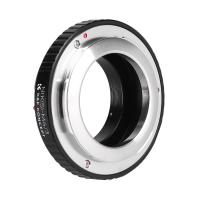




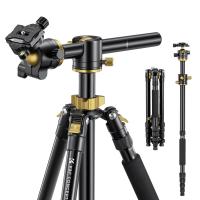

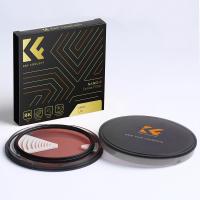
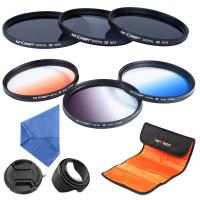
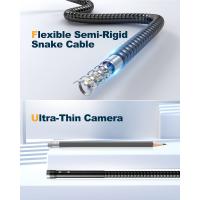
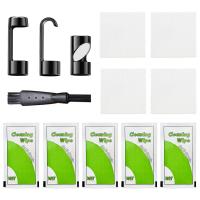


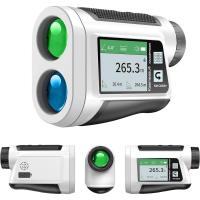

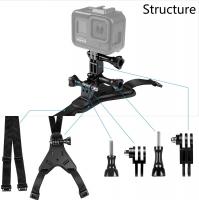
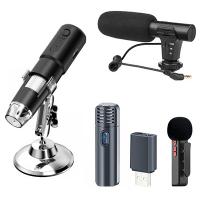
There are no comments for this blog.